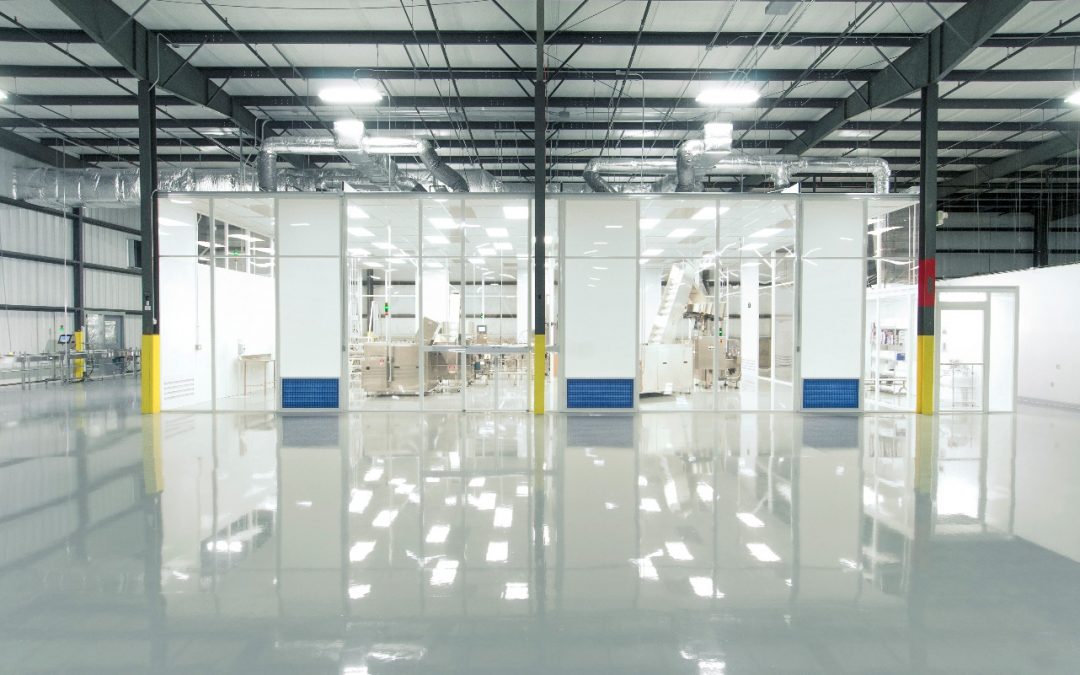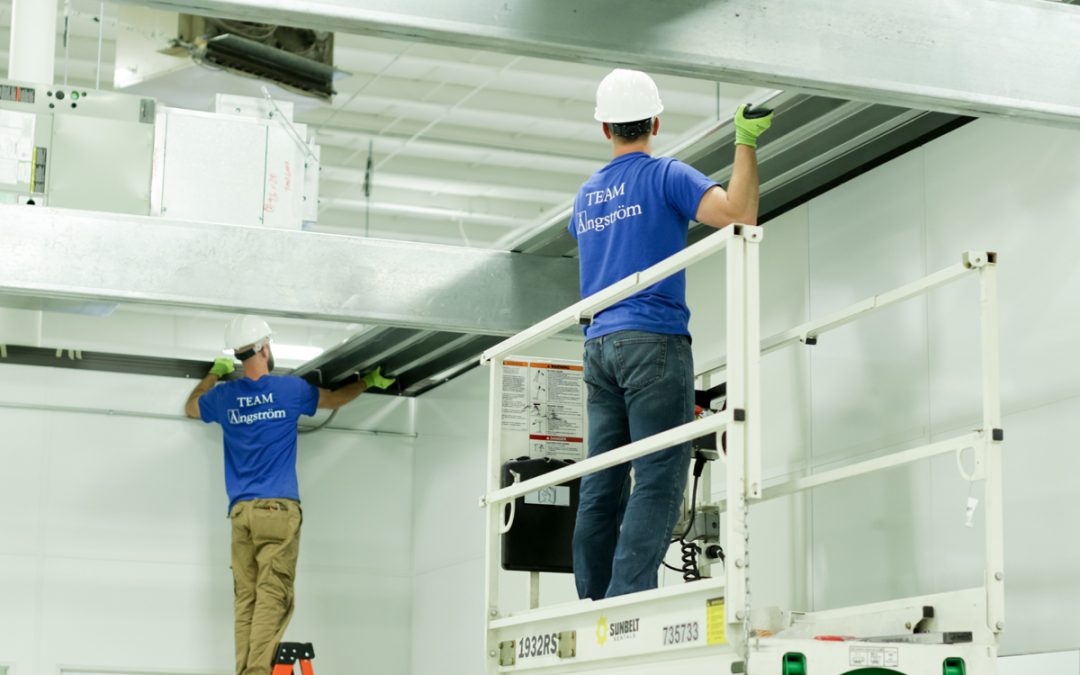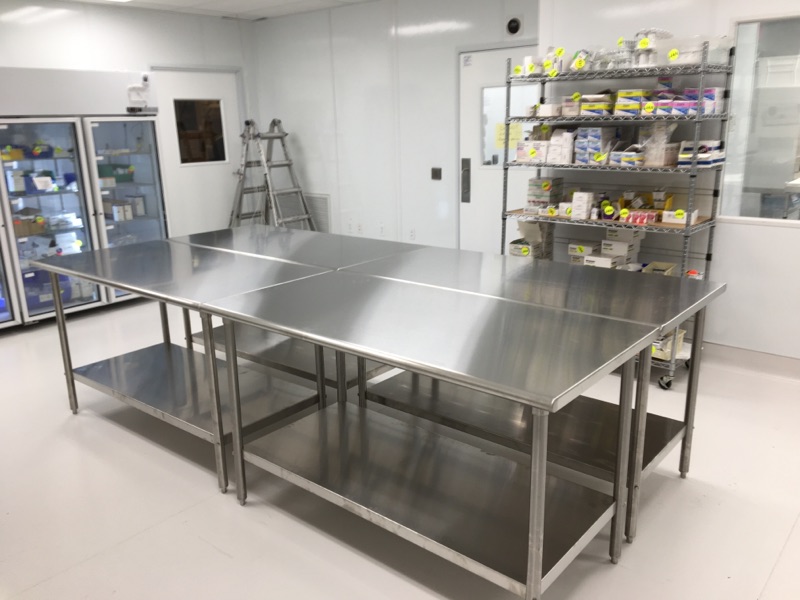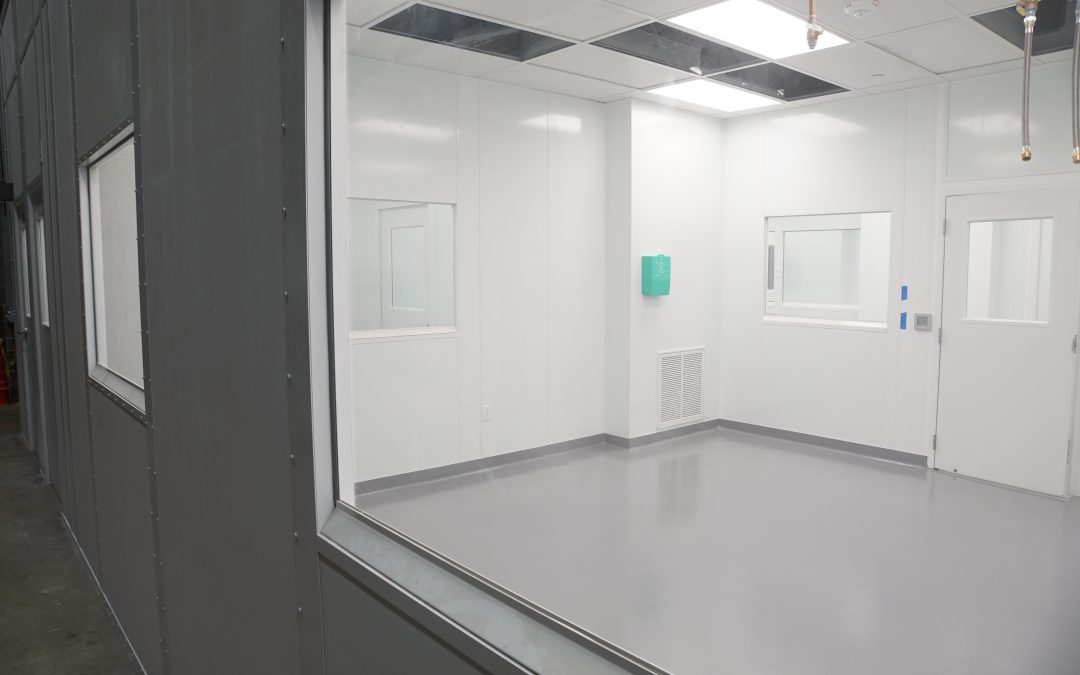
Most Common Cleanroom Design Problems
Cleanrooms present a lot of unique challenges in terms of design because they have very specific requirements they have to meet. If you’re meeting your desired ISO standard, you might feel like your design is good enough, but the truth is that there are a lot of common issues that companies face when designing cleanrooms. Here are some of the most common cleanroom design problems we see:
Inefficient placement
One of the biggest issues with cleanroom design is inefficiency. If your design doesn’t support your processes, it’s going to cause problems. Consider the various tasks and processes that go on in your cleanroom. Is someone always getting in someone else’s way because of where there workstations or supplies are located? Are there too many processes sharing one sink, causing a bottleneck? Are there drawers or cabinets that you can’t fully open because they’re too close to a wall or door? All of those problems can cause major inefficiency and can be avoided with good design.
Maze-like walkways
The whole point of a maze is inefficiency, it takes a long time to get through a relatively short distance because you have to twist and turn and wind around obstacles. But your cleanroom shouldn’t be a labyrinth. If employees have to walk through narrow paths, wind around oddly placed workstations, or bump into each other constantly to get to the door, their workstations, the sink, or the fire extinguisher, you will have massive safety problems on your hands, not to mention a lot of wasted time and motion on the part of the cleanroom techs.
Poor ventilation
Good ventilation is necessary for any space to be comfortable, but it’s especially crucial in a cleanroom, where you’re trying to maintain a controlled environment with limited particles and contaminants. Additionally, in cleanrooms where hazardous materials are used, good ventilation is a necessary safety concern to ensure the well-being of workers.
Unable to maintain temperature
No one wants to work in a room that’s too hot and stuffy or freezing cold, so for the same of employees comfort and morale, a cleanroom that is a comfortable temperature matters. It’s vital too that your cleanroom can maintain its desired temperature to protect the products, materials, and chemicals stored in it, as they can be sensitive to temperature, and to prevent the growth of mold and bacteria that can compromise the cleanroom environment. This could be a problem with your HVAC, thermostat, or insulation, so be sure to select those things wisely and perform regular maintenance checks.
Good design is the first step to having a well-functioning cleanroom. If you recognize some of the issues we mentioned in your current cleanroom, it’s probably time for a redesign. There are a few things you can do in the meantime to work with the layout you have and increase efficiency, such as rearranging movable cleanroom furniture, moving processes that don’t require a controlled environment to a new area, or simply cleaning out any tools, materials, or storage that is no longer necessary.
Having issues with your cleanroom design? Call the experts at Angstrom Technology.





